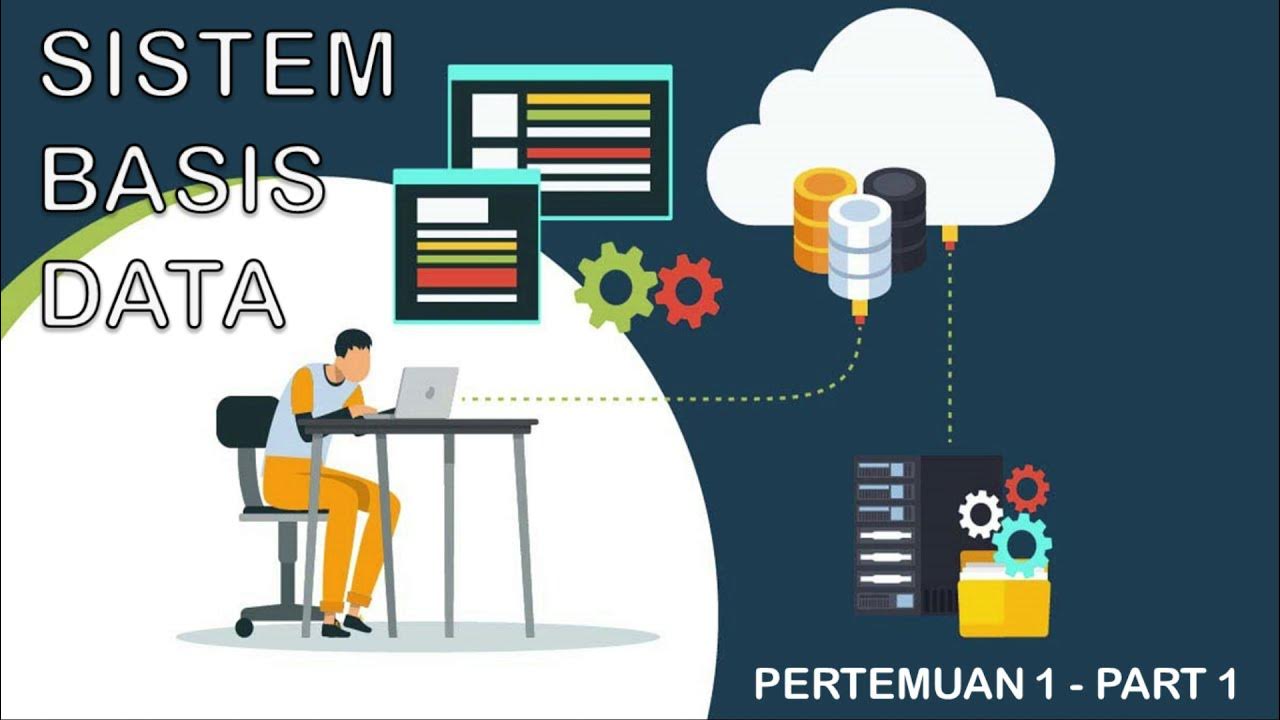What is a Database Engine
Summary
TLDRThe video highlights the critical role of the database engine in managing various data processes across different environments. It emphasizes that the engine is responsible for executing SQL statements, creating tables, and modifying data efficiently while accommodating concurrent requests. The database engine's ability to integrate with web servers, applications, and other resources is crucial for optimal performance. Additionally, it discusses the importance of scaling—both horizontal and vertical—to enhance processing speed and resource management. Ultimately, the database engine is portrayed as the 'secret sauce' that ensures all tasks are completed effectively and efficiently.
Takeaways
- 🧠 The database engine is the central component that processes and manages all database operations.
- 🔄 Database engines must integrate and communicate effectively with various elements, including developers, web servers, and storage devices.
- 🔍 Different users, such as developers and web servers, have distinct needs and requests from the database engine.
- 📊 The execution of SQL statements and other requests is managed through a detailed planning process by the database engine.
- 🔧 Modifications to database structures (like tables and columns) must be handled carefully, especially during active usage.
- ⚙️ The database engine determines if a request can be executed based on permissions and the current state of the database.
- 💻 Results from database queries must be formatted and delivered according to the requesting resource's needs (e.g., HTML, XML, text).
- 🔗 Integration with applications, web servers, and other resources is crucial for the database engine's functionality.
- 📈 The database engine must support both horizontal scaling (adding more resources) and vertical scaling (enhancing existing resources) for improved performance.
- ✨ The database engine is essential for achieving efficient processing and rapid delivery of results.
Q & A
What is the primary role of the database engine?
-The database engine acts as the central processing unit of the database system, managing all requests and operations efficiently.
How does the database engine handle different types of requests?
-The database engine processes requests from various sources, such as developers, web servers, and applications, adapting to the specific needs of each request.
What does an execution plan entail in the context of a database engine?
-An execution plan outlines the steps the database engine will take to fulfill a request, including how to execute SQL statements and manage data modifications.
Why is it important for the database engine to consider permissions during operations?
-Considering permissions is crucial to ensure that only authorized users can access or modify data, maintaining data security and integrity.
What are the differences between horizontal and vertical scaling in databases?
-Horizontal scaling involves adding more resources or nodes to a database cluster, while vertical scaling refers to adding more power or resources to existing databases.
In what formats can the database engine deliver results to the requesting resource?
-The database engine can deliver results in various formats, such as HTML, XML, or plain text, depending on the requirements of the requester.
How does the database engine integrate with other systems?
-The database engine integrates with web servers, applications, and other devices to ensure seamless communication and data processing across different platforms.
What happens if a modification request is made while the database is in use?
-The database engine must handle such requests carefully, ensuring that modifications do not disrupt ongoing operations or violate user permissions.
Why is the database engine referred to as the 'secret sauce' of database operations?
-It is called the 'secret sauce' because it encompasses all the complex processes and logic needed to execute tasks efficiently, making it fundamental to database functionality.
What challenges might arise when processing SQL statements?
-Challenges can include ensuring that all required data is present, managing permissions, and resolving conflicts with ongoing operations or modifications.
Outlines

Cette section est réservée aux utilisateurs payants. Améliorez votre compte pour accéder à cette section.
Améliorer maintenantMindmap

Cette section est réservée aux utilisateurs payants. Améliorez votre compte pour accéder à cette section.
Améliorer maintenantKeywords

Cette section est réservée aux utilisateurs payants. Améliorez votre compte pour accéder à cette section.
Améliorer maintenantHighlights

Cette section est réservée aux utilisateurs payants. Améliorez votre compte pour accéder à cette section.
Améliorer maintenantTranscripts

Cette section est réservée aux utilisateurs payants. Améliorez votre compte pour accéder à cette section.
Améliorer maintenantVoir Plus de Vidéos Connexes

Zabbix 6.0 LTS: Step by step deployment guide with MySQL/PostgreSQL/TimescaleDB

Introduction to DBMS | RGPV Diploma CSE / IT 4th Sem 2nd Year

SISTEM BASIS DATA 1 (PART 1) - KONSEP DASAR, PRINSIP DAN TUJUAN BASIS DATA

Basis Data Part 1

Ultimate Guide to Data Management for Businesses

Databases in the Real World
5.0 / 5 (0 votes)
